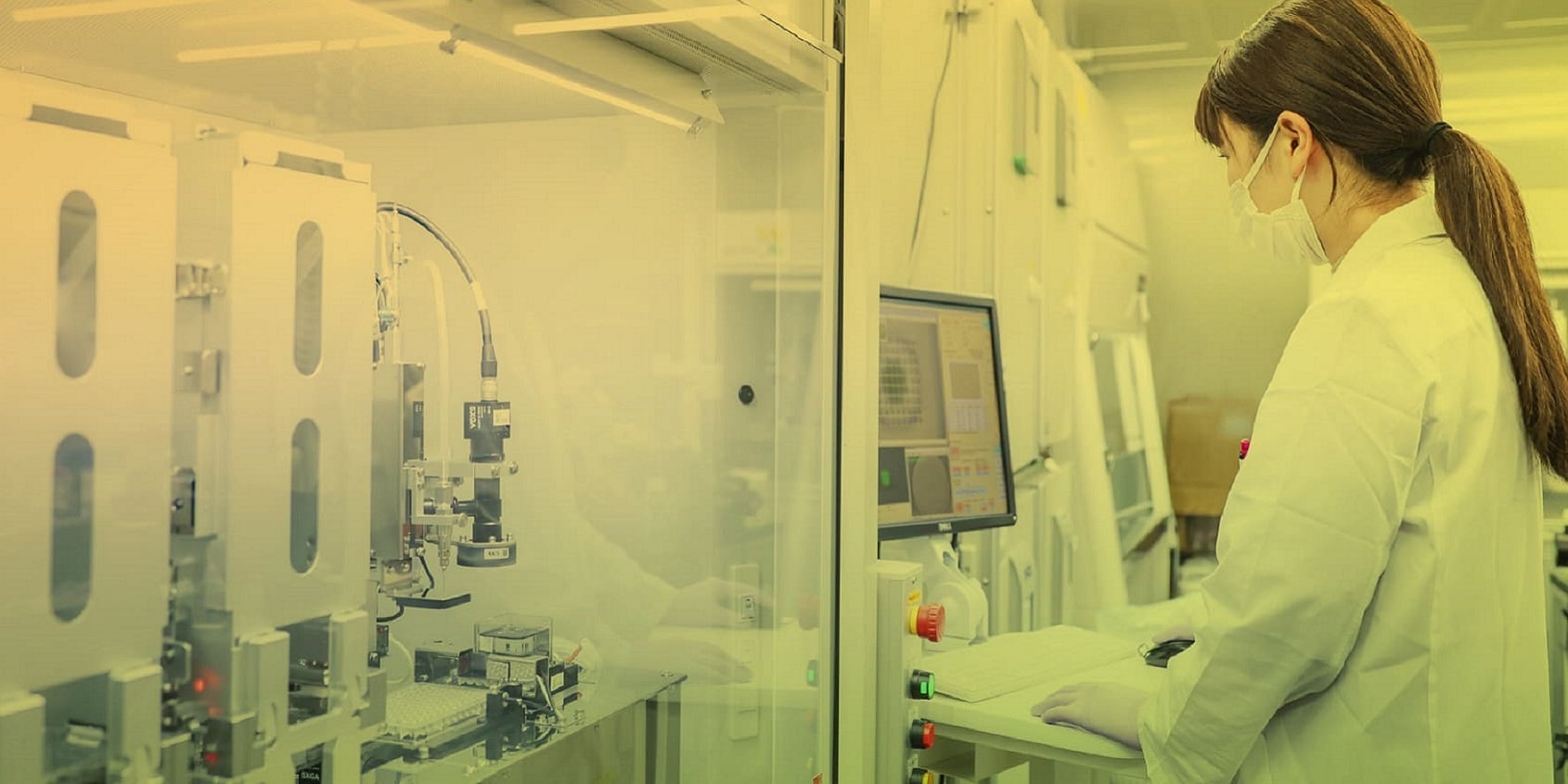by Abigail Saltmarsh – E-Magazine by Medical Expo
Faraz Fazal is a researcher at the Institute for Materials and Processes at the University of Edinburgh’s School of Engineering. He says research institutes in Japan are among those making impressive strides. The technology focuses on the creation of living tissue, bone, blood vessels and, potentially, whole organs for use in medical procedures, research, training and testing.
He said:
“Just like 3D printing process, the tissue is built in a layer-by-layer fashion. Special biomaterials containing living cells are used as bioink to construct tissues with the same three-dimensional structure as found naturally in a human body.
The ultimate goal of 3D bioprinting is to offer an alternative to autologous or allogeneic tissue grafts for the replacement or treatment of damaged tissues.”
He explained:
“In 3D bioprinting, the process starts with data acquisition or 3D models of the affected tissue or organ. It is developed with the help of MRI or computer tomography (CT) scans. Then this data is processed by open-source or bioprinter company’s software. It creates a G-code file for the bioprinter to print the same shape using bioinks.”
Regenerative Medicine
Tissue engineering is today seen as a key feature of the interdisciplinary field of regenerative medicine, which promises to revolutionize medical treatment and research, as well as the development of life-saving drugs…
Read More – Click Here to view entire article

